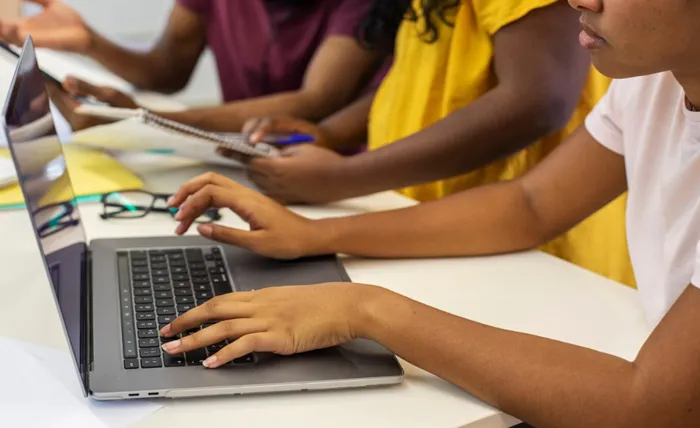Access to digital education has become essential for academic success. However, many underprivileged children lack the necessary resources to keep up with technological advancements. The absence of digital tools creates barriers to learning, limiting opportunities for students who cannot afford devices or internet access. Without adequate support, these students fall behind their peers, increasing the educational gap between privileged and marginalized communities.
An NGO for education plays a significant role in bridging this digital divide. These organizations provide underprivileged children with access to technology, digital literacy programs, and online learning resources. By addressing financial and infrastructural challenges, these groups create opportunities for students to develop essential skills. This article explores how these organizations are making digital education more inclusive and accessible for disadvantaged children.
Free Digital Devices to Marginalized Communities
Many students from low-income families lack access to digital tools like tablets, laptops, and mobile devices. To counter this issue, nonprofit organizations distribute refurbished and new devices to ensure children can participate in online learning. These initiatives help students attend virtual classes and develop computer literacy skills.
Organizations often collaborate with businesses and donors to fund technology distribution programs. Some initiatives focus on setting up digital libraries and shared computer labs in underserved areas. By offering these resources, nonprofits enable children to access educational content without financial constraints.
Building Internet Connectivity in Remote Areas
Access to the Internet remains a major challenge in many underprivileged communities. Without a stable connection, students cannot access digital classrooms, research materials, or online courses. Organizations working to improve education invest in providing internet access to underserved areas.
They install community Wi-Fi, partner with telecom companies to offer subsidized plans, and set up internet-equipped learning hubs. In rural areas, they enable students to access educational resources through affordable data plans. By ensuring reliable connectivity, these programs help children stay engaged with their studies.
Training Educators in Digital Teaching Methods
Teachers play a critical role in integrating technology into education. However, many educators lack the training to use digital tools effectively. To address this issue, organizations conduct training sessions to help teachers develop digital teaching strategies. These programs focus on:
- Using online platforms for interactive lessons
- Implementing digital assessments and feedback systems
- Adopting adaptive learning technologies
- Creating engaging multimedia content
- Enhancing remote teaching techniques
Equipping educators with digital skills ensures that students receive a well-rounded education. When teachers are comfortable using technology, they can incorporate it into their lesson plans, making learning more engaging for students. Training initiatives empower educators to use digital tools efficiently, ultimately benefiting children in underserved communities.
Introducing Digital Literacy Programs for Students
Learning how to navigate digital platforms is essential for academic success. Many underprivileged children have limited exposure to technology, making digital literacy programs necessary. These initiatives teach students how to use computers, access online educational materials, and practice internet safety.
Digital literacy workshops cover fundamental skills such as typing, document creation, and email usage. Some programs include coding and software training, helping students develop technical expertise. By acquiring these skills, children become better prepared for higher education and future employment opportunities.
Online Learning Platforms for Accessible Education
Many NGOs develop online learning platforms tailored for children who lack access to traditional classrooms. These platforms offer free educational resources, virtual tutoring, and interactive courses. Some initiatives design mobile-friendly platforms to accommodate students with limited access to computers.
Through these digital solutions, children can access lessons at their own pace. Recorded classes, quizzes, and gamified learning modules make education more engaging. Virtual mentorship programs also provide additional support, ensuring students can seek guidance when needed.
An NGO for education reduces the digital divide for underprivileged children by providing all the above-mentioned benefits. Online learning platforms and community participation further strengthen these efforts, creating a sustainable impact on education. Bridging the technological gap is essential for an inclusive and equitable learning environment.







